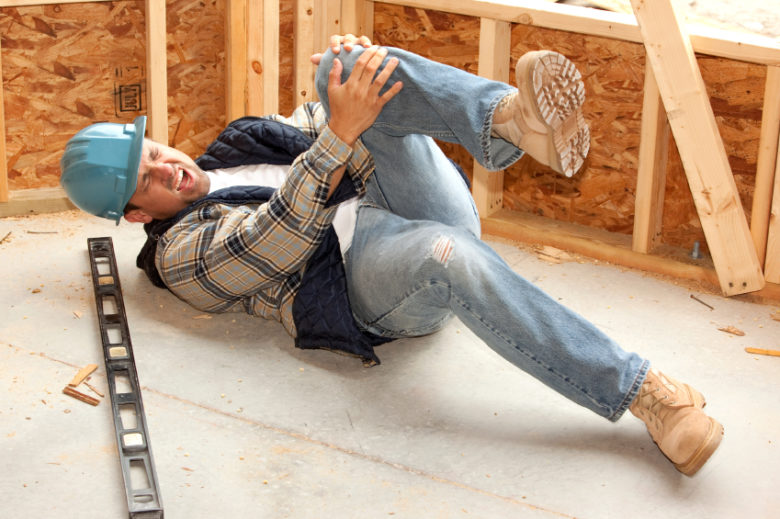Despite various engineering solutions used by safety managers, the number of slips, trips and falls incidents in the workplace refuses to go down. In fact, the issue remains one of the top problems for safety professionals.
This subject was addressed by Ray Prest in the Winter/Spring 2018 issue of the Safety Decisions Magazine. In his article, he quoted a 2014 BLR survey of almost 1,300 safety professionals:
Respondents were asked about the most common contributor to these types of incidents in their workplace. Tellingly, most of the answers could be grouped into only three categories:
- housekeeping issues (16%)
- wet or slippery surfaces (25%)
- human factors (54%)
Prest argues that because human factors contribute to over half of all slip and trip incidents, it’s only right to conduct safety training that will reduce human error. This will help cut down on the human factors involved in the slips and trip incidents and provide EHS managers with a more balanced approach to the problem.
If your current solution to slips, trips and falls is to provide non-slip mats and other physical aids then you’re likely overlooking issues like inattentional blindness, fatigue and complacency. In addition to implementing engineering measures and providing physical aides, you also need to take deliberate and careful steps to address the human factors that influence the number of slips, trips and falls in the organization. These steps include strengthening safety habits and providing human error training and are described in-depth in the article.
As Prest says, “You have to think about what you’re really up against and meet the challenge with sufficient prevention measures.” To solve slips, trips and falls in the workplace, it takes a well-rounded solution that accounts for both physical and mental causes of incidents.
You can learn more about the best way to address the problem of slips, trips and falls in the article “Balancing Your Investment in Slip, Trip and Fall Prevention.”

